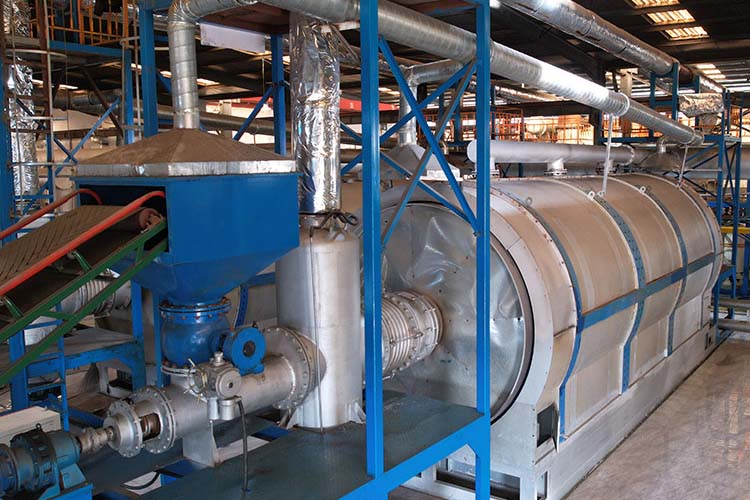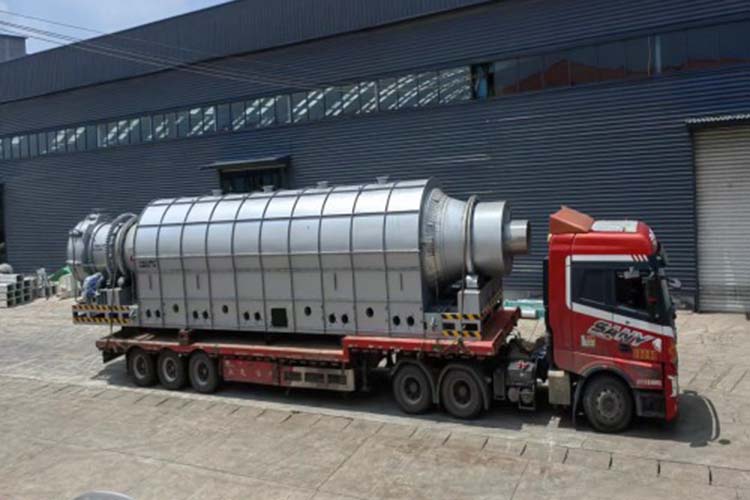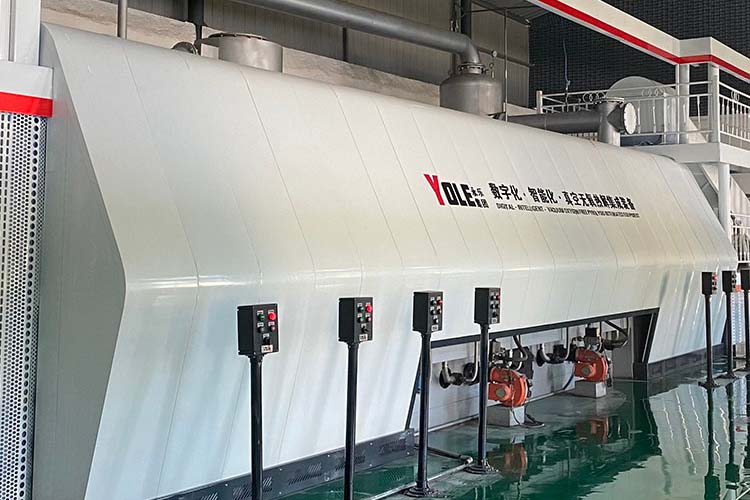With the advancement of technology and the improvement of environmental awareness, high-temperature pyrolysis incinerators have gradually become an important device for waste treatment. By heating waste to high temperatures, these incinerators break down harmful substances, achieving resource recovery and harmless disposal. The emergence of high-temperature pyrolysis incinerators has greatly enhanced traditional waste treatment technologies, injecting new vitality into the development of environmental protection efforts.
In the past, people often relied on landfill and simple incineration methods to deal with waste. Although these methods helped solve the problem of waste accumulation to some extent, they also resulted in severe environmental pollution, particularly the emission of harmful gases and toxic residues. The emergence of high-temperature pyrolysis incinerators has changed this situation. By heating waste in an oxygen-deficit environment, they can effectively decompose organic components in waste into reusable gases and residues, significantly reducing their impact on the environment.

The working principle of high-temperature pyrolysis incinerators is a key reason for their efficiency. Inside the furnace, waste is heated to a high temperature between 800 to 1000 degrees Celsius, causing the organic materials to rapidly decompose and release combustible gases. After filtration and purification, these gases can be used for power generation or heating, truly achieving resource recycling. Compared to traditional incinerators, high-temperature pyrolysis incinerators not only effectively reduce the volume of waste but also significantly lower the generation of harmful substances.
The emergence of high-temperature pyrolysis incinerators has also driven advancements in related technologies. Many research institutions and enterprises have invested substantial funds and manpower, focusing on innovations in this field. For instance, in-depth research has been conducted on technologies for temperature control and gas emission monitoring within the furnace to ensure that high-temperature pyrolysis incinerators can stably and effectively process various types of waste during operation. Additionally, to meet different regional environmental standards, the level of automation and intelligence of the equipment is continuously improving. This series of advancements has made high-temperature pyrolysis incinerators increasingly valued in the waste treatment industry.

Furthermore, the application range of high-temperature pyrolysis incinerators is gradually expanding. Initially used for municipal solid waste, they are now capable of processing industrial waste, medical waste, and more. This flexibility not only enhances waste treatment efficiency but also reduces operational costs for enterprises. As high-temperature pyrolysis incinerators become more widely adopted, more regions are beginning to emphasize the application of this technology in pursuit of achieving zero waste.
Through the emergence of high-temperature pyrolysis incinerators, many previously challenging waste issues have been effectively resolved. For example, certain hazardous medical waste, which poses significant environmental pollution risks under traditional treatment methods, can now be effectively managed by high-temperature pyrolysis incinerator solutions, reducing treatment costs while protecting public health and safety.

In conclusion, the emergence of high-temperature pyrolysis incinerators not only provides a highly efficient and environmentally friendly solution for waste treatment but also fosters advancements in related technologies and expands their application range. Faced with the growing demand for waste treatment, only by continually strengthening research and development on high-temperature pyrolysis incinerators can we better protect our environment and achieve sustainable development.
Yongle Environmental Protection is mainly engaged in the research and development, production and sales of complete sets of technical equipment for organic solid waste disposal and comprehensive utilization. Production and manufacturing, domestic waste treatment equipment, tire pyrolysis equipment, medical waste disposal equipment, hazardous waste disposal equipment, and achieve efficient and comprehensive utilization of resources through independently developed low-temperature anaerobic pyrolysis equipment technology solutions.
Tags:Introduction to the equipment process of high-temperature pyrolysis incinerator,High temperature pyrolysis incinerator,YONGLE GROUP
 Latest news
Latest news


























